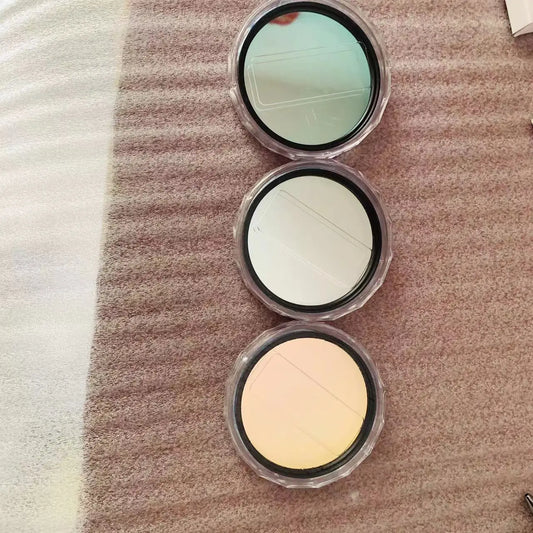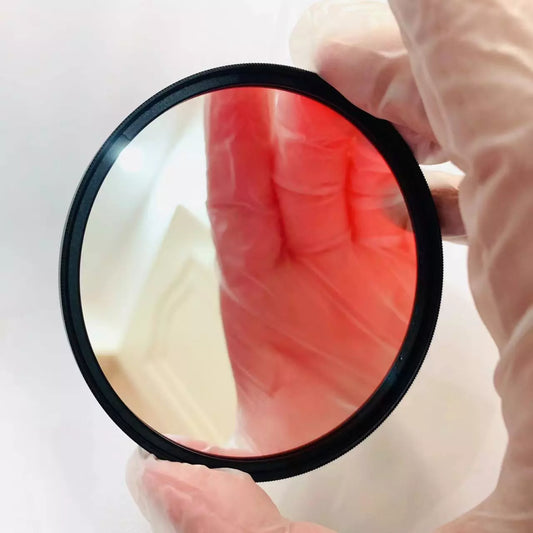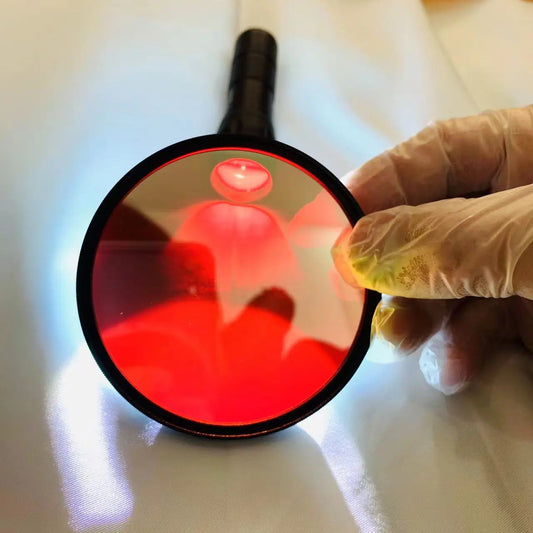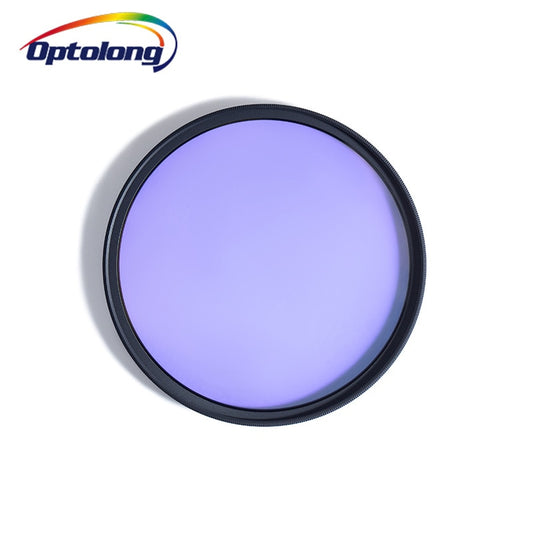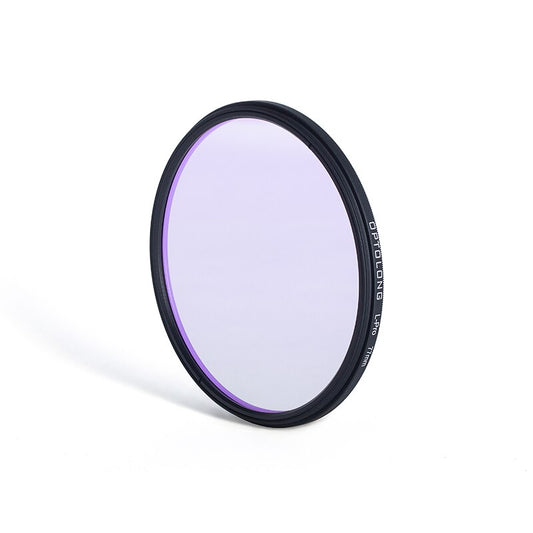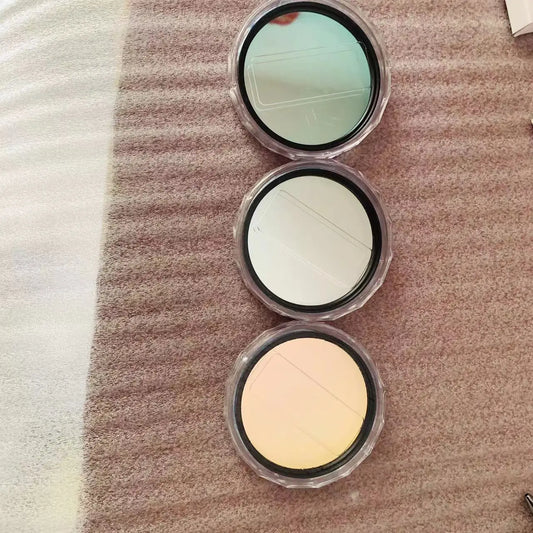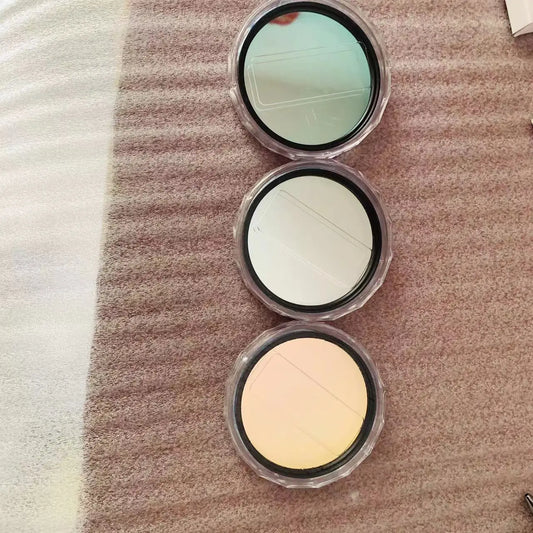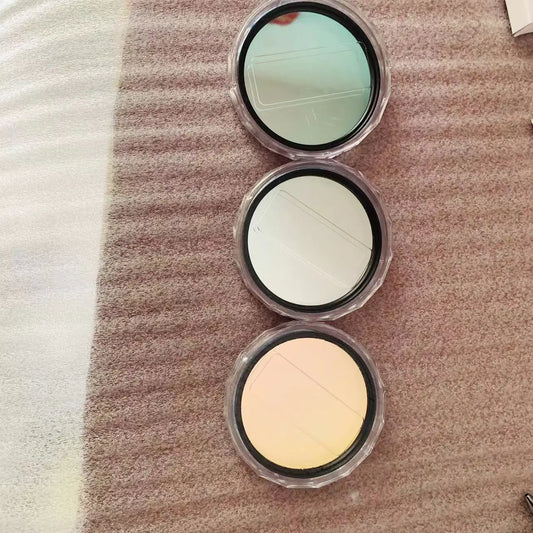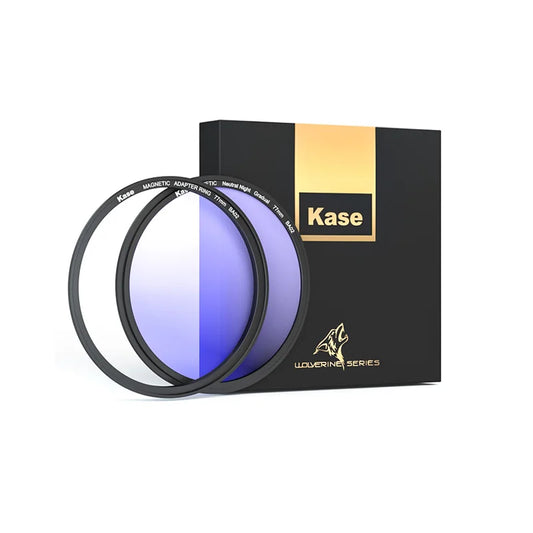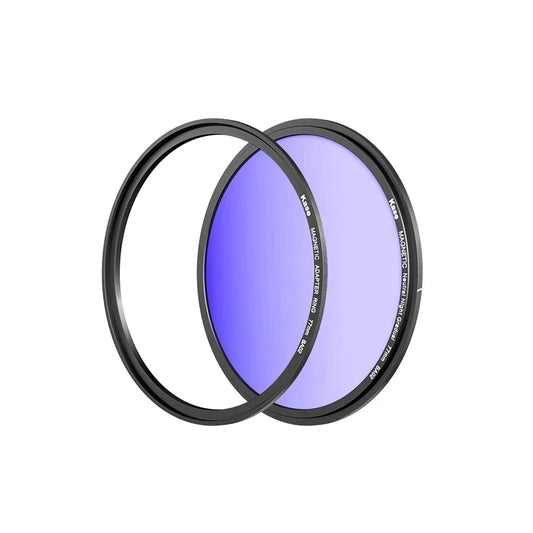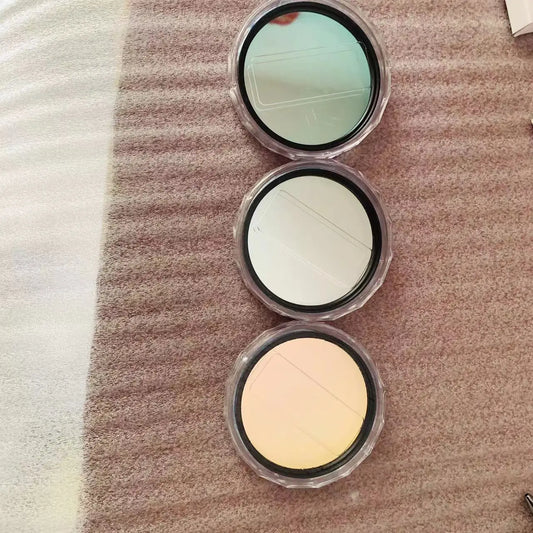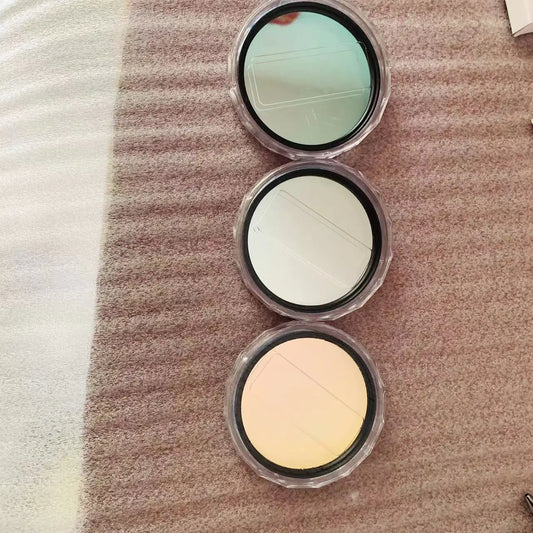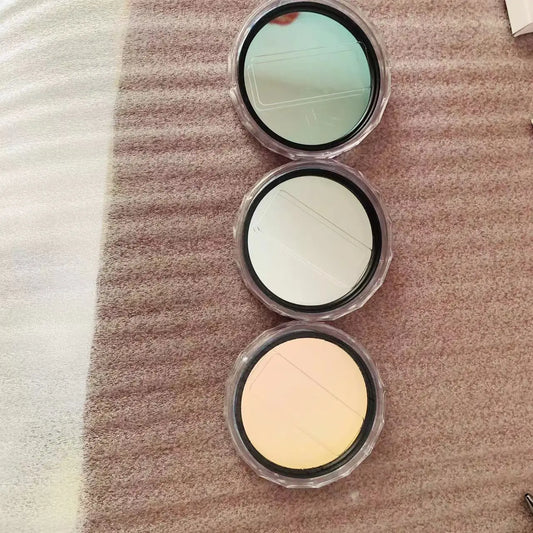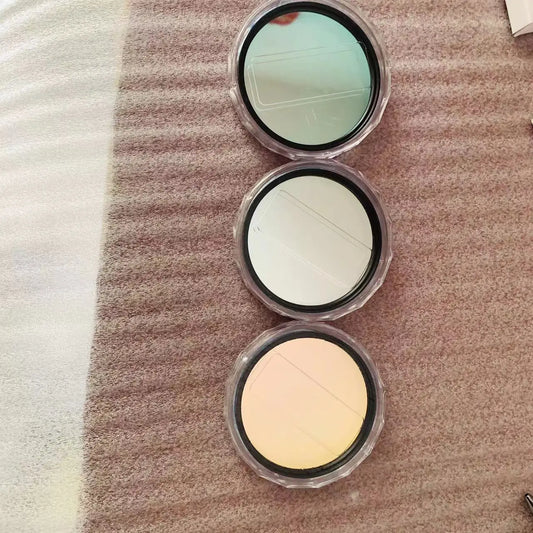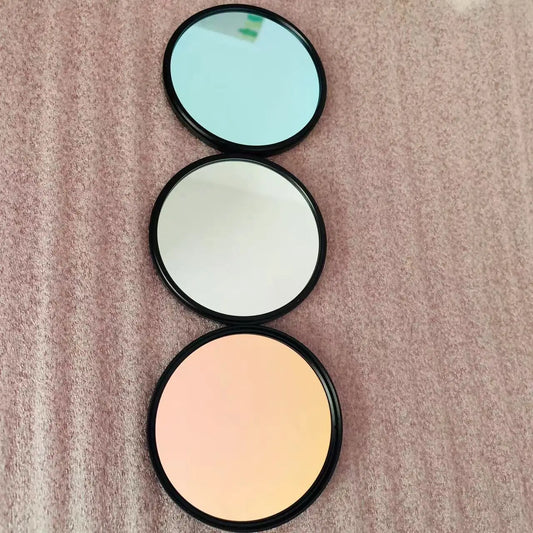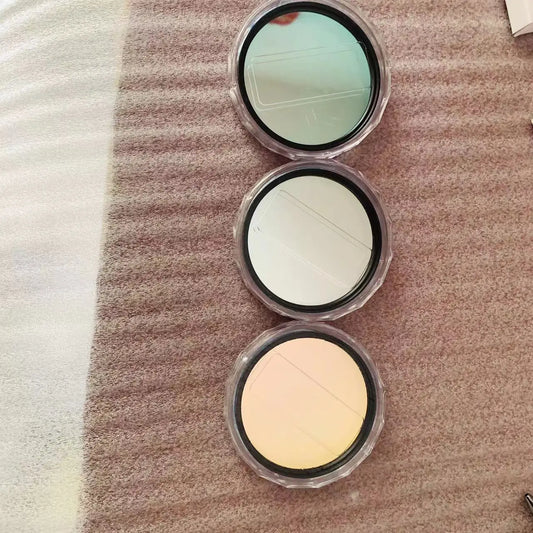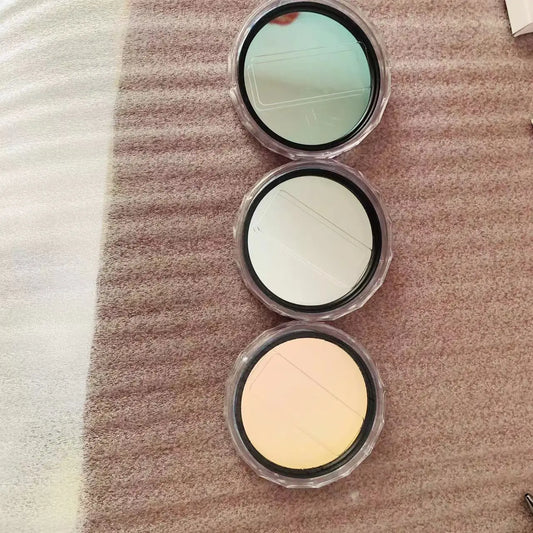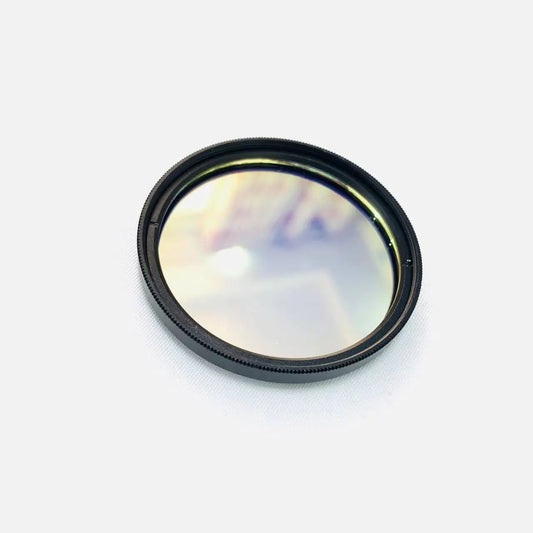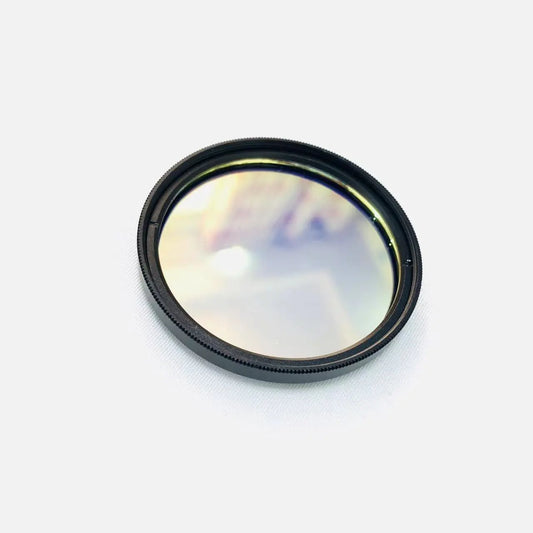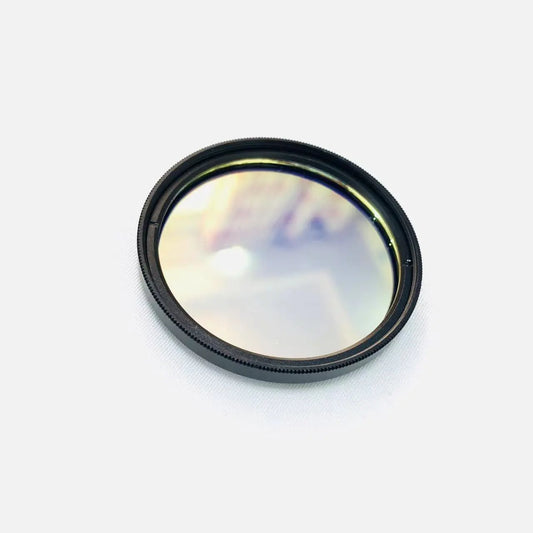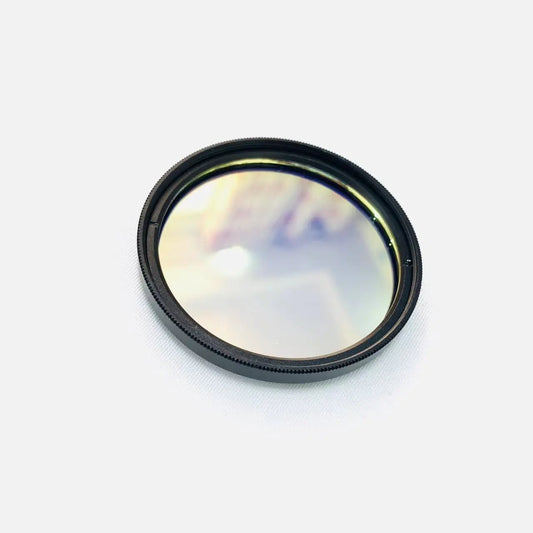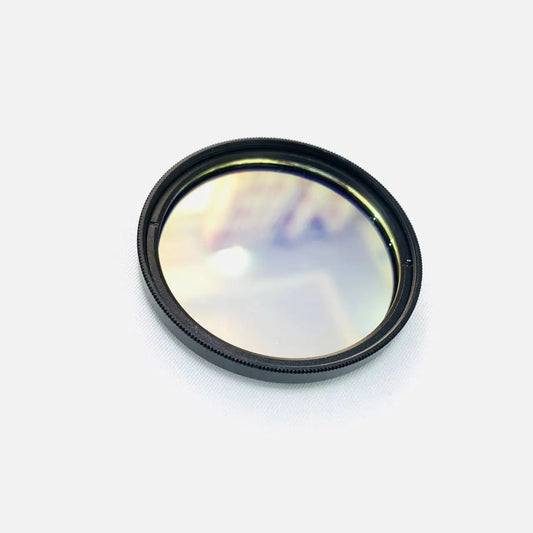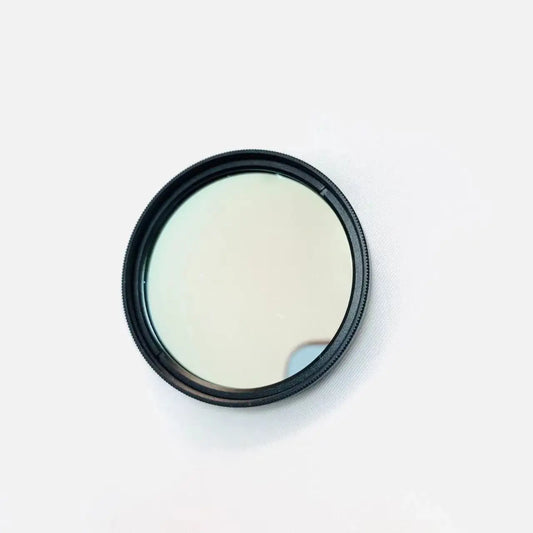Like many amateur astrophotographers, the struggle against light pollution is a constant battle, as the glow of city lights threatens to overshadow the beauty of the night sky. In this two-part guide, we delve into effective techniques, filters, and processing steps that can empower astrophotographers to conquer the challenges posed by light pollution and continue pursuing their passion.
Understanding Light Pollution
Light pollution is the artificial illumination at night produced by human-made sources such as streetlights, industrial lighting, and billboards. Unfortunately, a significant number of individuals have never experienced the pristine beauty of an unpolluted night sky, leading to a generation growing up without glimpses of celestial wonders like the Milky Way.
The Bortle scale, ranging from 1 to 9, serves as a common measure of light pollution intensity. A Bortle 1 represents an excellent dark sky, while a Bortle 9 indicates a brightly lit inner-city sky where only a few stars are visible.
Part 1: Battling Light Pollution in Different Forms of Astrophotography
Solar System Imaging and Light Pollution
Astrophotography encompasses various categories, each facing distinct challenges with light pollution:
-
Lunar Imaging: This simplest form of astrophotography is almost immune to light pollution due to the bright and short-exposure nature of lunar targets.
-
Planetary Imaging: Light pollution minimally affects planetary imaging, as short exposures and high target signal overcome background light pollution.
-
Deep Sky Imaging: Deep sky imaging, especially deep sky objects like galaxies and reflection nebulae, is significantly impacted by light pollution. The detrimental effects are visible in unprocessed images, emphasizing the need for effective mitigation strategies.
Camera Types and Light Pollution
Choosing the right camera is crucial in the battle against light pollution. Monochrome cameras, while often overlooked, provide greater versatility when paired with filters. Filters emerge as the primary weapon against light pollution, with monochrome cameras excelling in techniques like L-RGB imaging and narrowband imaging.
Part 2: Strategies and Best Practices for Astrophotography in Light-Polluted Skies
Best Practices
-
Target Selection: Opt for brighter targets that stand out against the night sky glow. Targets compatible with narrowband filters offer superior results in light-polluted environments.
-
Target Altitude: Capture images of targets higher in the sky to reduce interference from ground-based light sources.
-
Moonlight: Avoid imaging during bright moonlight, as it introduces additional unwanted light. Hydrogen Alpha data can be captured even when the moon is present, but Oxygen III data is highly susceptible to moonlight effects.
Stray Light Mitigation
Addressing stray light, or light trespass, is essential. Solutions include using shielded light fixtures, building observatory walls, or employing dew shields to block unwanted light angles.
Camera Settings and Exposure
-
CMOS Camera Settings: Adjust camera gain to balance full well capacity and dynamic range. Lower gain settings are recommended to ensure brighter areas of the image are not washed out.
-
Sub-Exposure Time: Short sub-exposures are essential to prevent saturation in heavily light-polluted skies.
-
Total Integration Time: Increase total exposure time to enhance signal-to-noise ratio, compensating for the lower contrast in light-polluted skies.
Image Processing Techniques
-
Flat Calibration: Calibrate images to eliminate uneven illumination caused by light pollution, ensuring accurate removal of background glow and gradients.
-
Pixinsight Processing - NSG: Normalize Scale Gradient script in Pixinsight helps adjust frame brightness and gradients, enhancing contrast in the final image.
-
Pixinsight Processing - DBE: Dynamic Background Extraction in Pixinsight effectively removes background gradients, transforming light-polluted images into detailed, visually appealing results.
Advanced Techniques for Light Pollution Mitigation
Light Pollution Reduction Filters
In addition to the previously mentioned strategies, utilizing light pollution reduction filters can further enhance the quality of astrophotography in challenging environments. These filters, such as the Chroma LoGlow, Hutech IDAS LPS, and Optolong L-Pro, selectively block specific wavelengths associated with common light sources, effectively minimizing the impact of artificial illumination.
Telescope and Observatory Modifications
-
Dew Shield: Implementing a dew shield helps block unwanted light from angles away from the target, improving the overall quality of the captured images. This is especially effective for reducing stray light during imaging sessions.
-
Flocking/Painting: To combat reflections and artifacts caused by stray light inside the telescope, consider flocking or painting the telescope tube with dark black paint. This minimizes the internal reflections that can affect image quality.
-
Stray Light Blocking Panels: Install stray light blocking panels on observatory walls and telescope dew shields to further reduce stray light interference, creating a controlled environment for imaging.
Optimization of CMOS Cameras
Gain Settings
Fine-tuning the gain settings of CMOS cameras is a critical aspect of optimizing astrophotography results. While higher gain can reduce read noise, it comes at the expense of full well capacity. In light-polluted skies, prioritize lower gain settings to maximize dynamic range and full well capacity, ensuring detailed information is captured without compromising image quality.
Image Processing Refinements
Total Integration Time Enhancement
Building on the importance of total integration time, consider experimenting with longer exposure durations to extract more details, colors, and contrast from your images. In heavily light-polluted skies, increasing the total integration time becomes imperative to overcome the challenges posed by background light pollution.
Flat Calibration for Precision
Ensuring accurate flat calibration is crucial for eliminating uneven illumination caused by light pollution. This step is essential for confidently removing background glow and gradients during the image processing stage, preserving the integrity of the target's faint details.
Pixinsight Processing - NSG and DBE
-
Normalize Scale Gradient (NSG): Leverage the power of NSG in Pixinsight to normalize the scale and gradients of individual frames. This step enhances contrast by aligning frames to a reference frame with the lowest background gradient.
-
Dynamic Background Extraction (DBE): In conjunction with NSG, apply DBE to single images to remove remaining background gradients. This powerful Pixinsight tool can transform light-polluted images into visually appealing masterpieces by effectively eliminating unwanted glow.
Conclusion: Harnessing Broadband Filters for Light Pollution Reduction in Astrophotography
As the night sky battles against the encroaching glow of urban landscapes, astrophotographers find solace and success in the formidable arsenal of Optolong broadband filters. From the captivating dance of Hydrogen Alpha to the serene hues of the SII Filter, each Optolong creation stands as a testament to innovation in the pursuit of pristine astronomical images.
The Optolong L-Pro, a stalwart against light pollution, emerges as a guardian of the celestial realm, allowing enthusiasts to capture the majesty of the night sky despite the challenges posed by artificial illumination. With its diverse range of offerings, from the Optolong L-eNhance to the Optolong L-Quad Enhance Filter, Optolong empowers photographers with the flexibility to tailor their approach to the unique demands of each astrophotography venture.
Whether venturing into Hydrogen Alpha imaging or seeking the subtleties of SII Filter Astro exploration. These filters, in varying sizes and configurations, open up a world where the luminosity of the stars prevails over the invasive glow of city lights.
In the cosmic symphony, where each filter plays a unique note, broadband filters take center stage, harmonizing the pursuit of astrophotography excellence with the imperative to combat light pollution.


